ביל נבקר
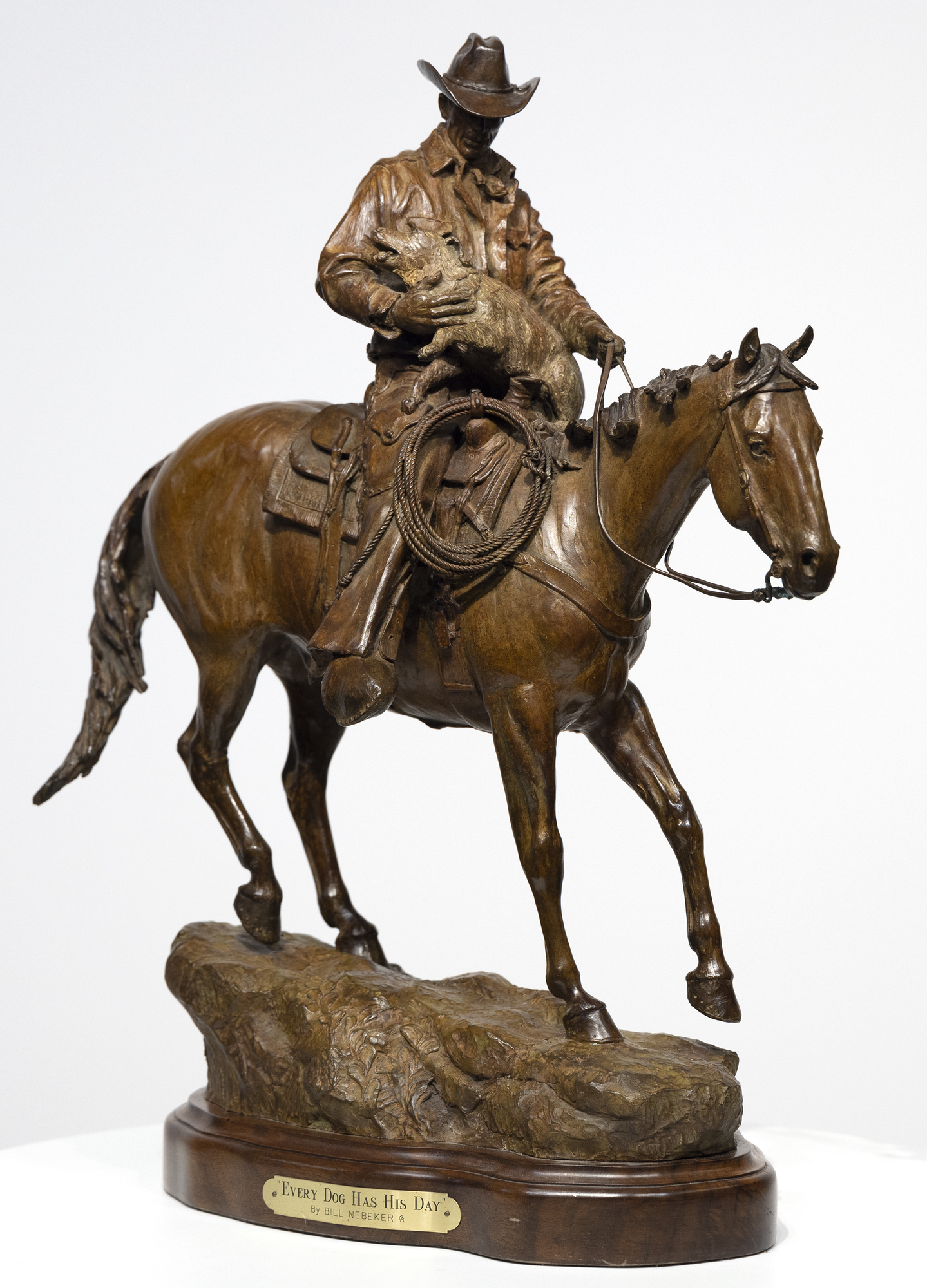
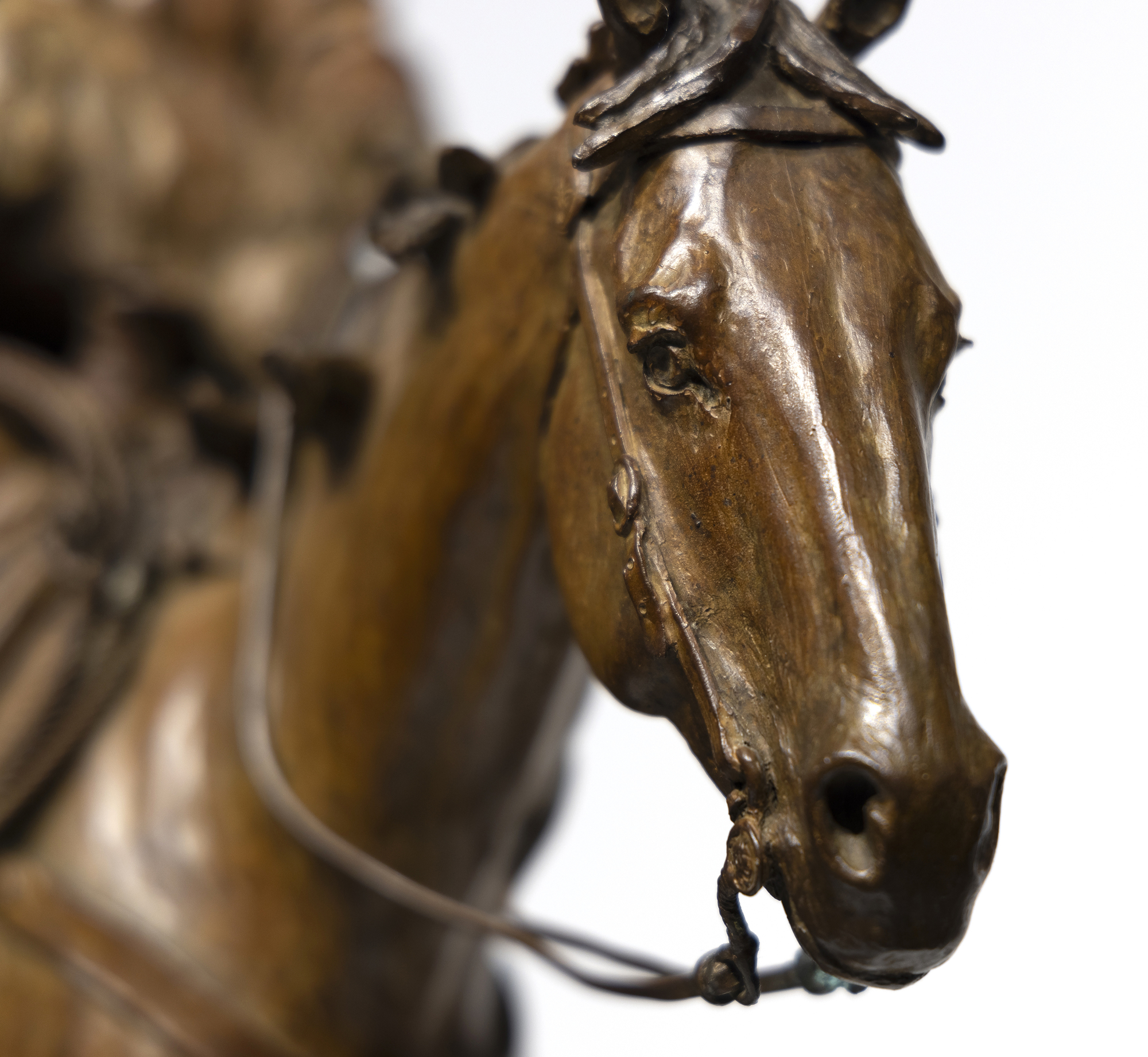
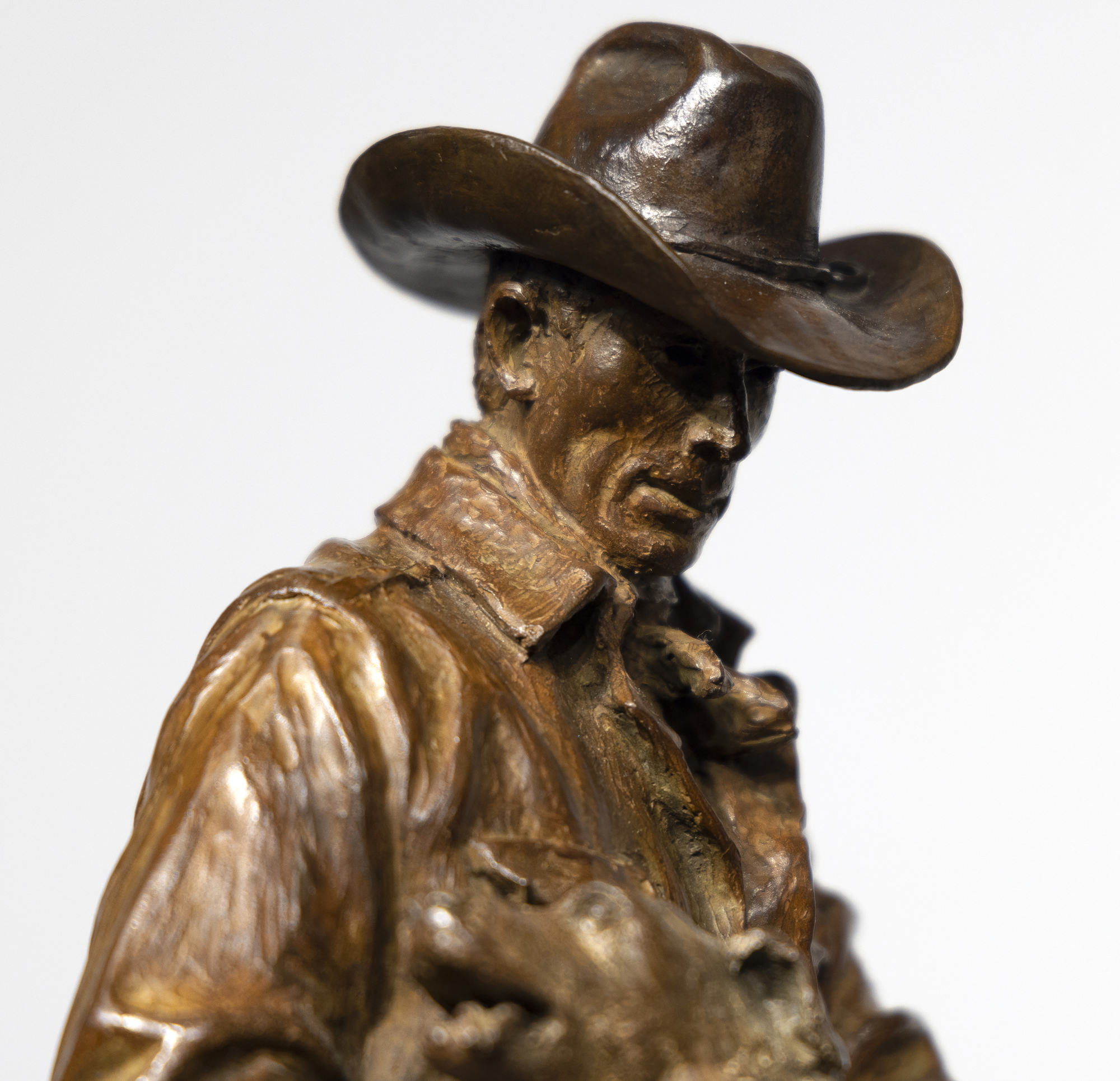
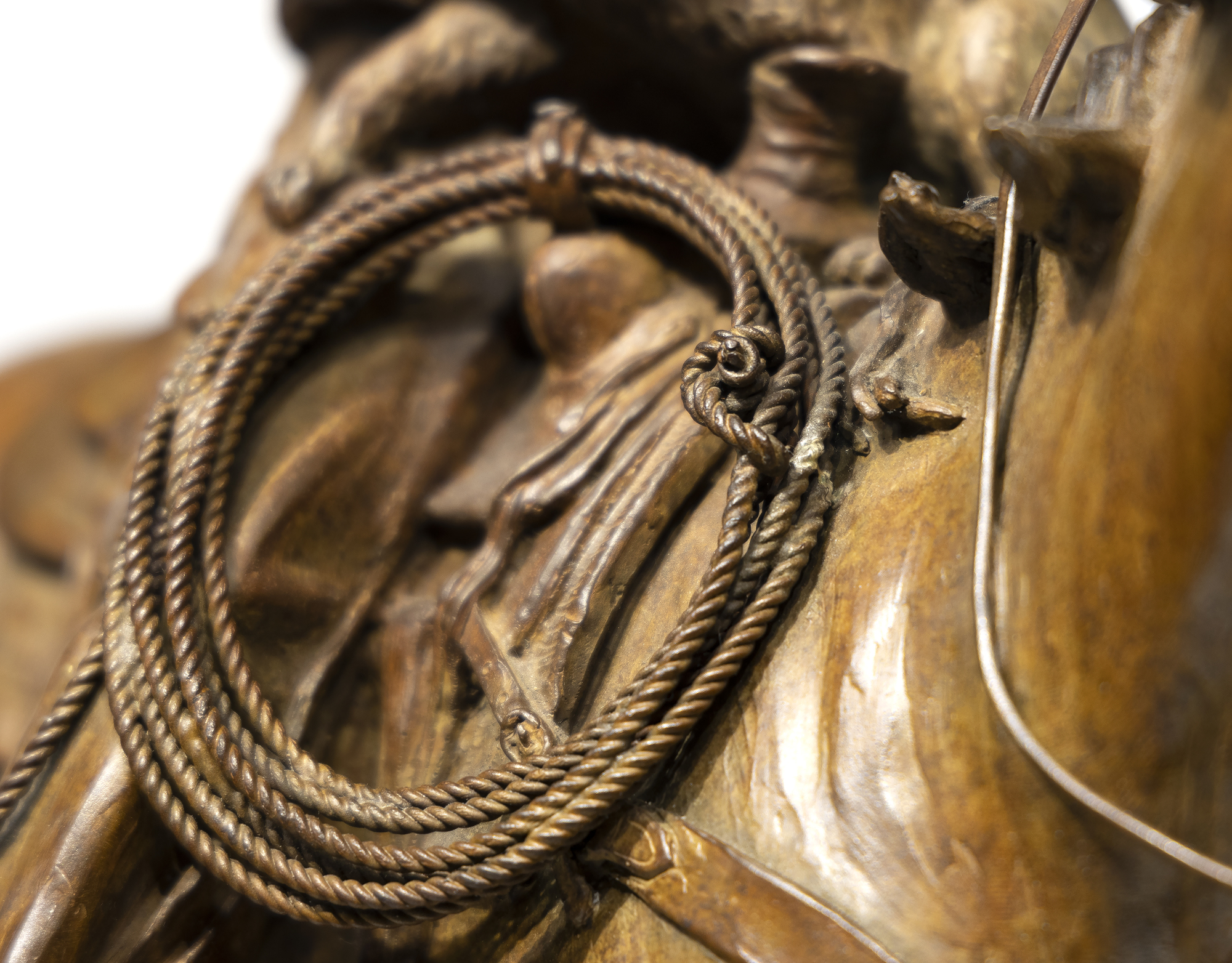
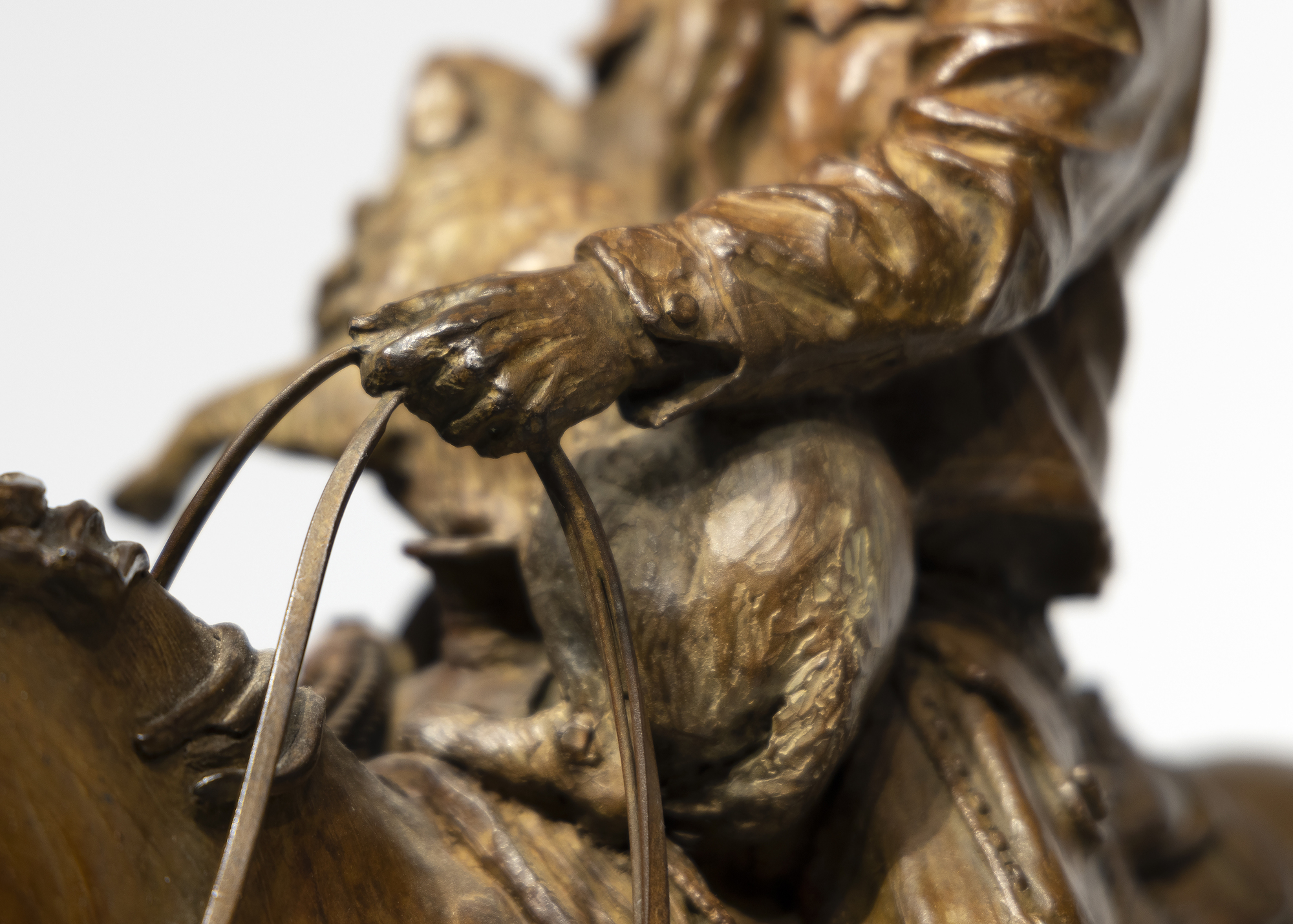
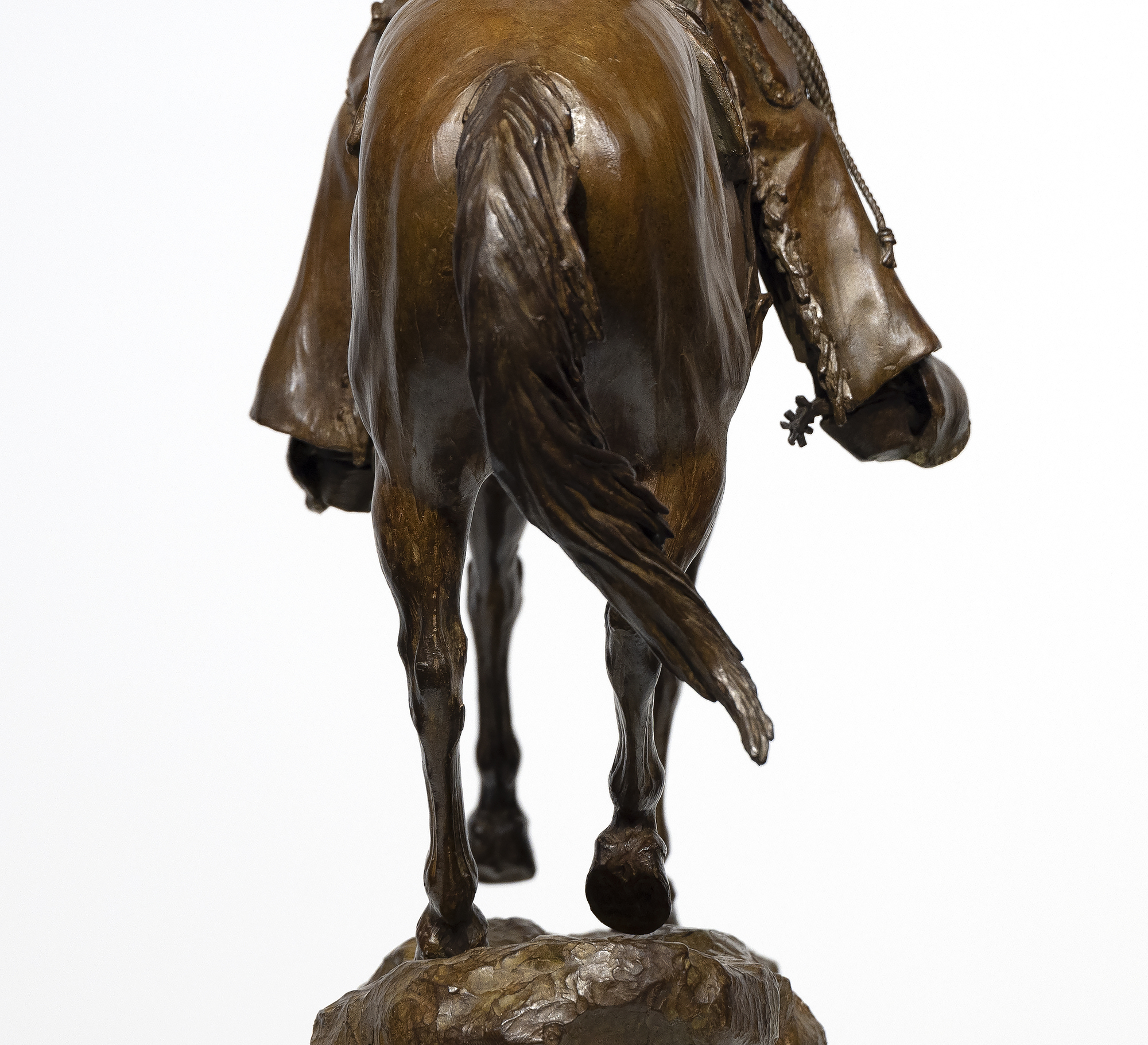
מקור ומקור
אוסף פרטיפסליו של נבקר נחקרים היטב ומרשימים כתיאורים אותנטיים של המערב האמריקאי ההיסטורי במסורת של צ'ארלס ראסל ופרדריק רמינגטון. כפי שנבקר ממהר להזכיר לנו, "האמנות המערבית היא כנה ומציאותית. האמנות המערבית מציגה דרך חיים שאנשים לוקחים ברצינות. אם אתה לא מציג את זה נכון, זה מרגיז את מי שכן יודע מה היה אמיתי". פסליו של נבקר נמכרים הן בשוק הראשוני והן בשוק המשני.


